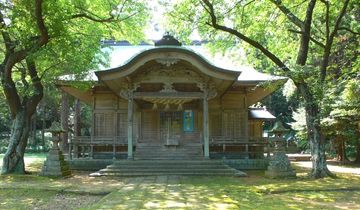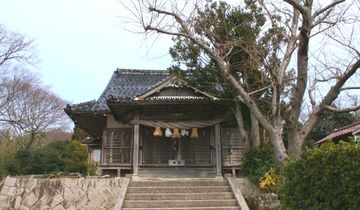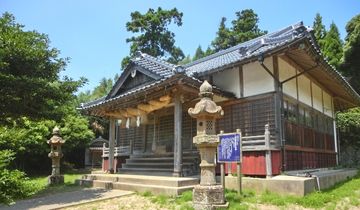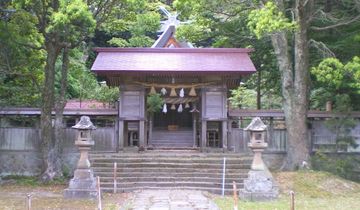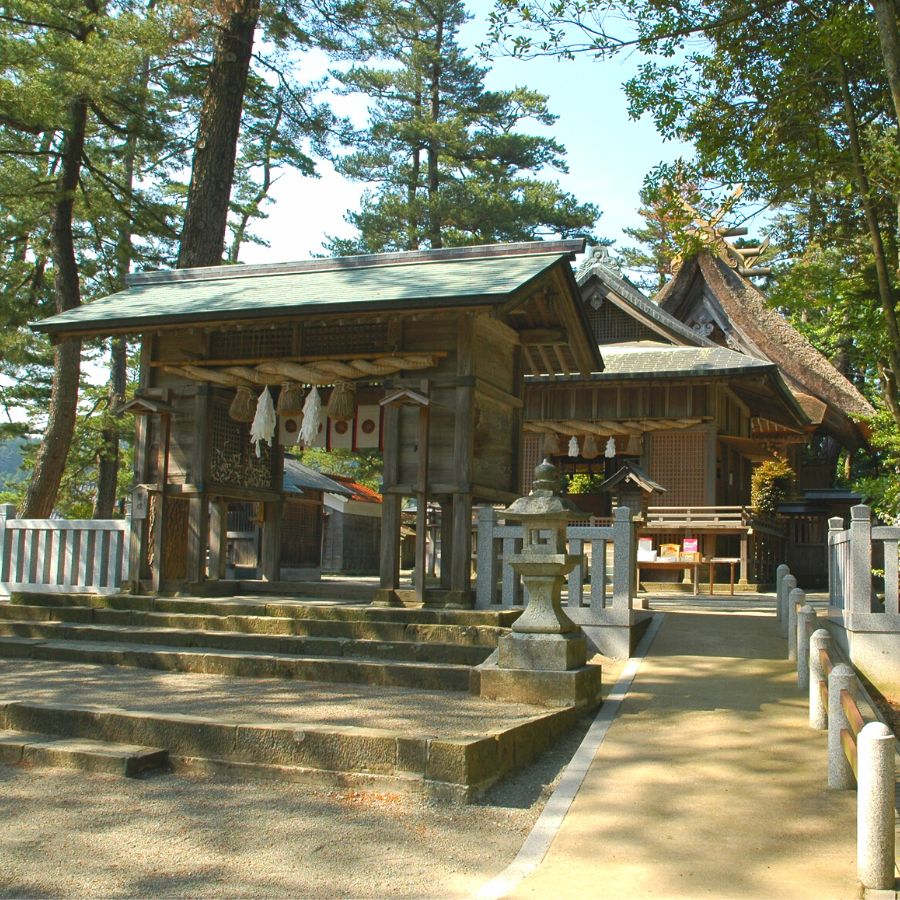
Lifestyles and Traditions - Shrines
Mizuwakasu Shrine is a Myōjin Taisha listed in the Engishiki, as well as the most important provincial shrine of the former Oki Province. Enshrined here is Mizuwakasu-no-mikoto, who is the deity of land development in the Oki Province and the guardian of the Sea of Japan. According to legend, the deity rose from the sea off the shore of Igo, crossed Mt. Ōmine, and entered the former Goka Village. In the Shoku Nihonki, an imperially-commissioned text of the history of Japan, the shrine already had a name at the time. In the Inshū Shicho Gakki composed in the Edo period (1603–1867), it is recorded as a Myōjin Taisha, and in the Kokunai Jinmyōchō, it is listed as "Mizuwakasu Myōjin Oki Ichinomiya Shrine of the upper senior fourth rank."
According to legend, the shrine was established during the reign of Emperor Suijin or Emperor Nintoku (both Kofun period, c. 250–538). But from the origin of Nakagoto-no-kami, the deity that succeeded Mizuwakasu-no-mikoto as the ruler of Oki, it is believed that the shrine was established even before the two emperors mentioned above. Nakagoto-no-kami is said to be the grandson of Ōkuninushi, and Suzu-go-zen is the wife of Nakagoto-no-kami; her original name was Suzu-hime.
The front of the main hall is of yuiitsu shinmei-zukuri architectural style from Ise Grand Shrine (Mie Prefecture), the roof is of taisha-zukuri style from Izumo Taisha Grand Shrine (Shimane Prefecture), and the pent roof is kasuga-zukuri style from Kasuga Taisha (Nara Prefecture). The unique oki-zukuri style is a combination of these three styles, and can only be found here in the Oki Islands. Mizuwakasu Shrine has also been designated as an Important Cultural Property.
The grand festival is held on May 3 in odd-numbered years.


